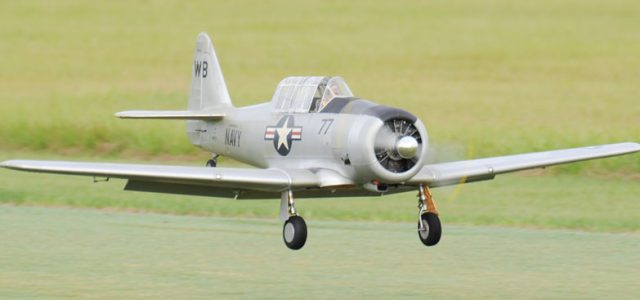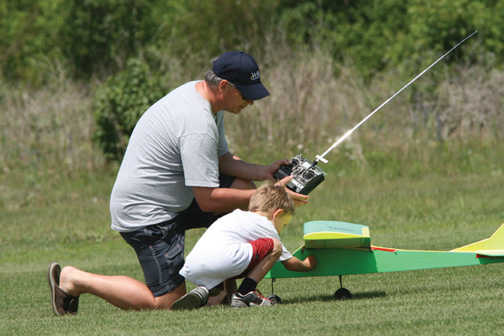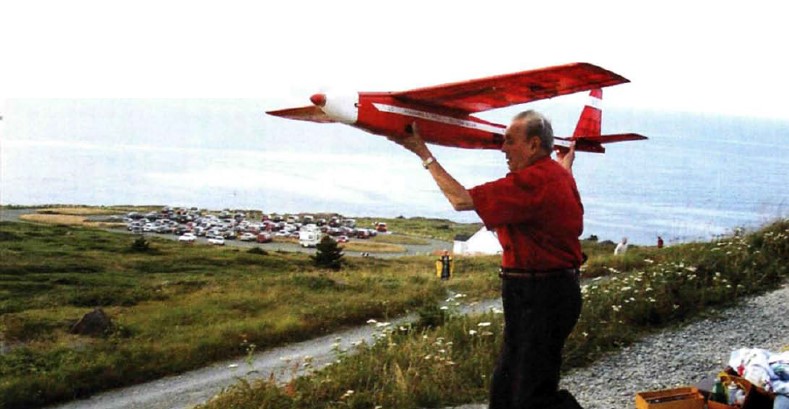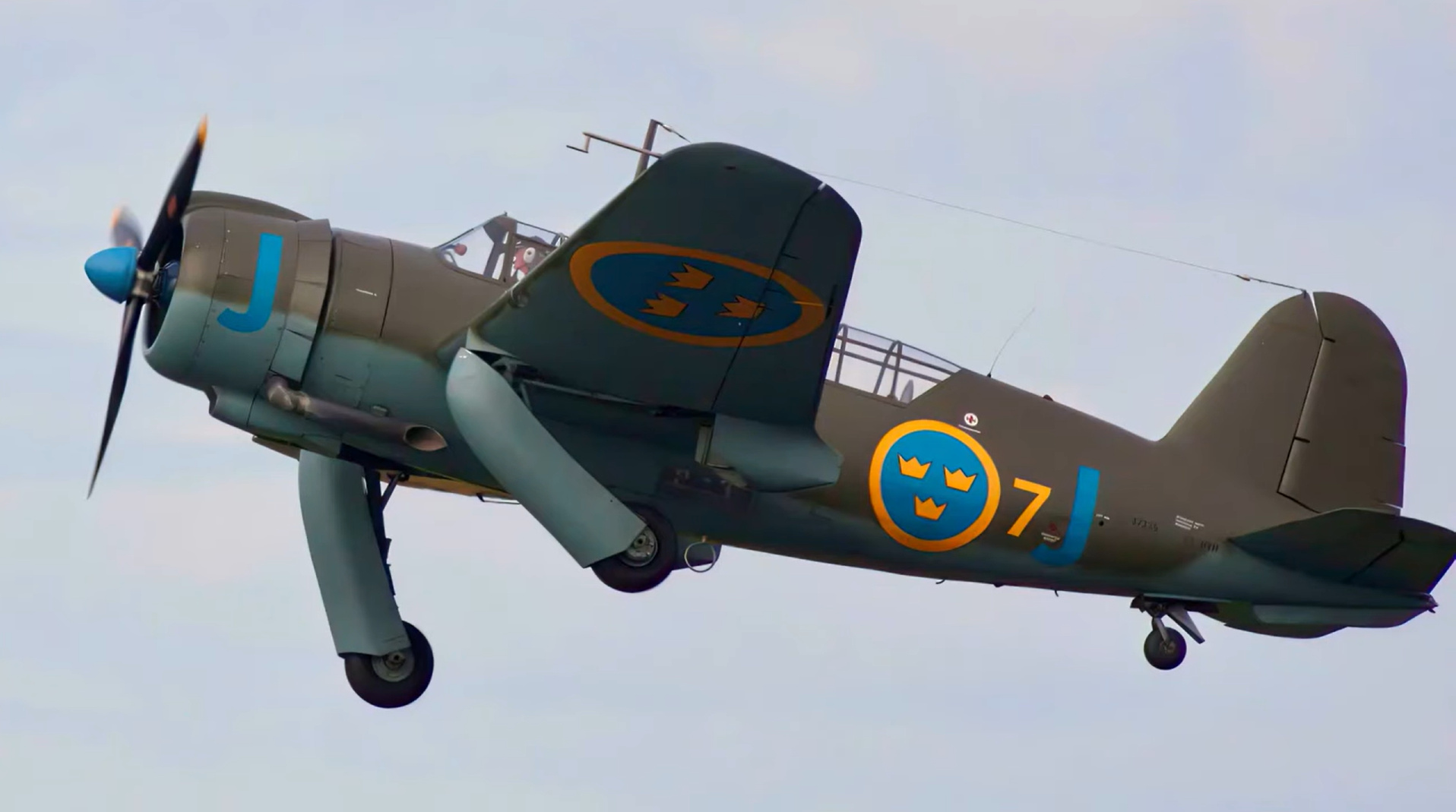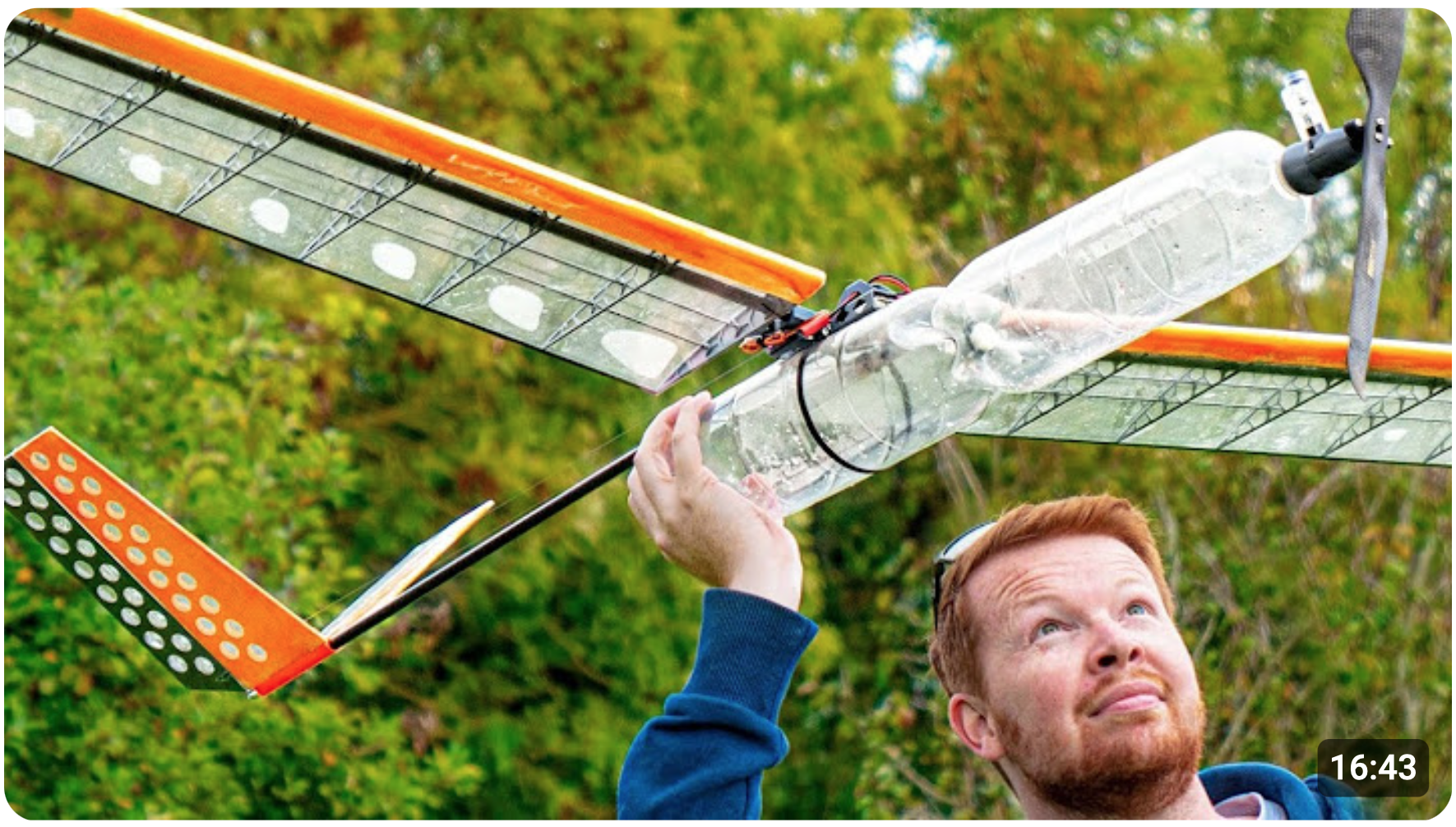As the saying goes, a good landing is the result of a good approach. While that’s certainly true, like everything else in life, there’s always more to it. That is, if you’ve been around aviation for a while, you’ve often been told what the airplane is supposed to do in each landing circumstance, but understanding how to do it is what really counts. This article details the procedures necessary to navigate two challenges that many RC pilots face beyond normal landing procedures: landing on a short runway and dealing with obstacles near the approach end of the runway.
Because these scenarios require you to pay close attention to precise altitude and throttle control throughout the landing approach, there won’t much time to think about realigning if the plane is not initially lined up with the runway. So, hopefully, you’ve been taught or have read my previous articles detailing how to use ground references to set up a normal landing and adjust for wind to routinely exit the final turn already lined up with the runway. Those of you who haven’t yet learned how to set up a landing pattern to line up with the runway centerline will need to work on that before you can expect to conquer any additional challenges, such as landing on short runways or over obstacles.
Short-Field Spot
The easiest way to shorten the landing distance is to land into a stiff headwind, but that’s not always an option. Apart from the wind, the standard procedure used to set up a landing on a short runway is the same procedure used to perform a spot landing. The main objective is to arrive at the front end of the runway low to the ground at the slowest possible safe airspeed, thus making it easier to predict the touchdown location and shortening the ground roll. Also, because many short runways are not as smooth as those maintained by larger clubs, another benefit of landing slower is to reduce abuse on the airframe. It needs to be noted that the worst thing that a pilot can do when setting up to land on a short runway is to try to force the plane down with the elevator. First of all, lowering the nose to descend at a steeper angle increases airspeed and thus extends the landing distance. It also makes it extremely difficult to touch down smoothly because even the tiniest imperfection during the flare will lead to a balloon, a major bounce, gear damage, or worse. The challenge is even greater with high-lift airplanes due to their tendency to “float” anytime the approach speed is too fast. Properly flown, a high-lift airplane, such as a basic trainer, should be the easiest to land in a short distance because it is able to fly so slowly. Hence, floating or overshooting the end of the runway is not the airplane’s fault or solved with flaps, but is typically the result of approaching too steeply and carrying too much speed. Therefore, the first essential key to setting up a short-field landing is to fly a lower downwind leg in your landing pattern. This ensures that at no point during the landing setup will you have to dive to lose significant altitude. The next crucial step is to keep the base leg turn close to level to prevent building up excess airspeed. Note that it’s all right to let the airplane descend slightly before, during, and after the turn, but to avoid building up excess speed, don’t let the nose drop more than a few degrees. If the airplane is not coming down at a sufficient rate to touch down near the front end of the runway, a proficient pilot, rather than dropping the nose more, will reduce power to affect a steeper descent without building up excess speed. The lower you fly the downwind leg, of course, the less you’ll have to concern yourself with losing altitude while setting up a landing. During normal landings, pro pilots use the same general landing setup regardless of airplane type or wind. Start by establishing a lower landing pattern to set the stage for an eventual low approach to the runway. A throttle reduction is then made on the downwind leg to begin a gradual descent. Hold in and adjust the elevator throughout the landing setup to manage a gradual (approximately 3-degree) descent. And when you’re confident the airplane will make the runway, reduce the throttle to idle or close to it.



The combination of a good lineup and a lower approach to the runway is what makes it easy to judge when to reduce the power to touch down at the front end of the runway as the plane doesn’t have far to go before it’s on the ground. Side note: A lower pattern enables a tighter pattern to be flown, so the entire landing sequence typically takes less than half a minute. Thus, a pro wouldn’t bother to re-trim the plane for such a short event but, rather, would control the descent rate throughout the landing setup with the elevator. Some pilots, however, prefer to put in some up-elevator trim after reducing the throttle on the downwind to maintain the gradual descent with less effort. Those who fly lengthier patterns might wish to experiment with that option. Now it gets interesting. To touch down at the very front of the runway at the slowest possible safe airspeed, you should aim to reduce the power and control the descent as if you were trying to land 100 to 200 feet short of the end of the runway. When the airplane arrives within several feet of the ground, short of the runway, pull slightly more elevator to shallow/extend the approach. As a result of the reduced power setting and shallowing the approach, the airplane will bleed off airspeed. There is a risk, of course, of getting too slow and stalling before reaching the runway. So, it’s important to review how to recognize when an airplane is getting too slow. Because ground speed varies with different winds and throttle settings, you won’t be able to judge the stall speed merely by looking at the plane. When flying into a strong headwind, for example, a plane might have plenty of flying speed and yet look too slow, prompting a pilot to unnecessarily add more power and subsequently struggle to get the plane down. Or it’s quite common for pilots to stall during landing and blame the crash on something other than a stall because in their view the plane “had plenty of speed” when, in fact, they were landing downwind.

No matter what type of plane you’re flying or what the wind is doing, the best way to determine whether the airplane has enough flying speed or is getting close to stalling is by “feel.” To enter a stall, the wing must exceed the critical angle of attack. A stall is, therefore, often preceded by pulling more and more up-elevator (i.e., too much). So while it’s normal to have to fine-tune the amount of elevator you’re holding in to stretch the approach to the runway, the plane is likely getting too slow if it becomes necessary to keep adding more and more elevator to reach the runway. At that point, you will have to add a little more power to continue the approach—also known as a “powered approach.” If, after increasing the throttle, you continue to find it necessary to keep adding more elevator, even more power is needed. Conversely, if you do not have to hold in any up-elevator throughout the landing setup or if you sense the need to push forward elevator to steepen the descent, you can be certain that the plane is flying way too fast and it would be smart to abort the landing and go around. With all that said, the single best thing that you can do to mitigate the concern of getting too slow is so simple that it’s often overlooked. That is, rather than hoping that you’ll be able to sense an impending stall in time, take the airplane up to a safe altitude and slow it down. Then keep adjusting the elevator to maintain a constant altitude until the plane stalls. Keep repeating this exercise until you finally have a good idea of how much elevator it takes to put the plane into a stall. When you’re ready to slow down the landing approach, the key is to reduce the power far enough out from the end of the runway that it becomes necessary to use the elevator to keep the plane from touching down short of the runway, scrubbing off airspeed in the process.
When it becomes necessary to add more and more elevator that is your cue to add some power to continue the approach to the runway. Obviously, when you’re certain that the plane will reach the runway, reduce power and land. Because the plane will be relatively slow without much altitude to lose, it will be easy to predict the touchdown location as it will occur almost immediately after reducing the power. Eventually, as you master the short-field/spot landing sequence over time, you’ll naturally start blending all these transitions together seamlessly. And if you’re a real pro, you will also feather the throttle smoothly throughout, as you would a car accelerator, so that people barely notice it (as compared to those who hack the throttle on-off, on-off).

Dealing with Obtacles
A common landing challenge at many flying fields is having to alter the setup due to obstacles (usually trees) off the end of the runway. Most pilots will approach from well above the obstacle and then dive down toward the runway. But as stated earlier, forcing the plane down using the elevator increases airspeed and, thus, the likelihood of overshooting the end of the runway. It also makes it much harder to perform a smooth landing and increases the chances of damaging the plane. So proficient pilots use different techniques. It’s assumed that there’s some distance between the end of the runway and the trees or else a runway would not have been built there. Hence, the first thing that an expert pilot would look to do in this environment is fly a very low downwind leg and turn to line up with the runway before reaching the trees to avoid having to approach at a steep angle. To do this, a pilot must, of course, have the confidence and skills to execute a level low-altitude turn. Plus, by flying a tighter pattern, there isn’t any time to realign the plane before reaching the runway, so the turn to final has to come out perfectly lined up. The average sport pilot, however, likely needs more time and, thus, has to approach over the obstacle(s) and then drop down. The standard procedure is similar to the previous spot-landing setup, except that, instead of setting up to land short of the runway and then using elevator and power to extend a low approach, you’ll be setting up to land short on top of the obstacle (e.g., trees; see bottom illustration on previous page). When the plane gets close to the trees, you’ll position the throttle to establish a low-speed powered approach and adjust the elevator to maintain a small gap between the airplane and the treetops. Once you judge that the plane is clear of the obstacle, reduce the throttle, but rather than pushing the plane into a dive, simply relax the elevator a little and let gravity take over. Because the airplane would have been relatively slow before the obstacle was cleared, the airspeed won’t increase very much during the descent. You may even discover that you have room and time to let the airplane descend low enough that you will need to reapply power and drag it in for a spot landing.
Tip: Depth perception suffers most when a pilot’s attention is divided by having to realign the airplane during the landing approach. Depth perception will, therefore, be helped by walking out on the runway and identifying the ground reference(s) aligned with the centerline and subsequently exiting the final turn lined up with the centerline reference. That way, with fewer corrections to make, you’ll be able to direct the majority of your attention to judging exactly when the obstacle has been cleared and can begin the descent.
Keys to Success
There are five keys to landing on short runways, doing spot landings, or landing over obstacles:
1. Before attempting any landings, get some altitude, reduce power, and maintain a constant altitude with increasing amounts of elevator to get a feel for how much elevator it takes to stall the plane. Then repeat this exercise but add enough power to maintain altitude without having to use anywhere near the amount of elevator that it takes to stall the plane (this will be close to the configuration used to perform your low-level powered approach).
2. When setting up to land, establish a lower landing pattern, then reduce power and adjust the elevator to effectively set up to land short of the runway.
3. When the plane gets close the ground, extend the approach using the elevator.
4. Smoothly add some power if/when you have to keep adding more elevator to stay airborne.
5. Smoothly reduce the throttle shortly before the preferred touchdown location, and be ready for an almost immediate touchdown. Good luck!
TEXT & ILLUSTRATIONS BY DAVID SCOTT, 1st US R/C Flight School



